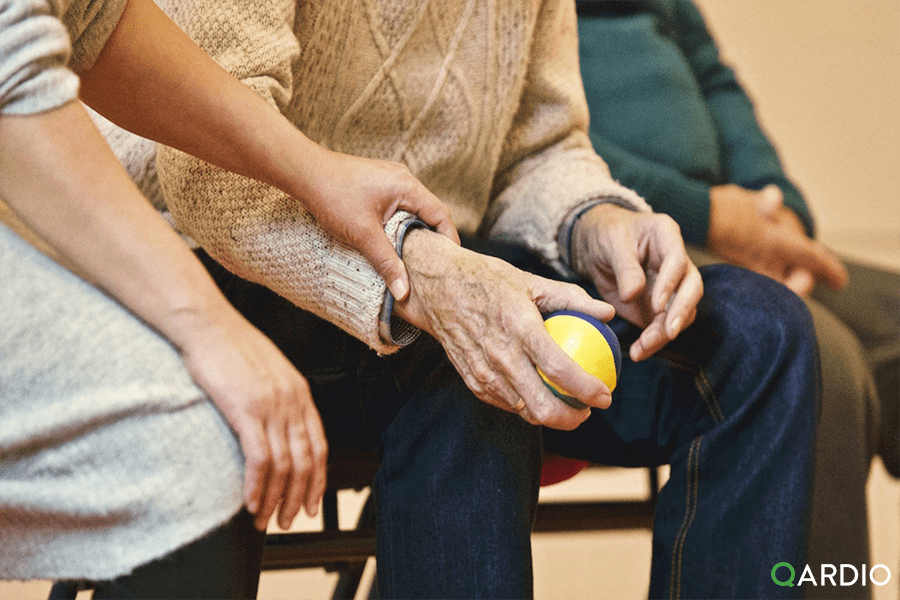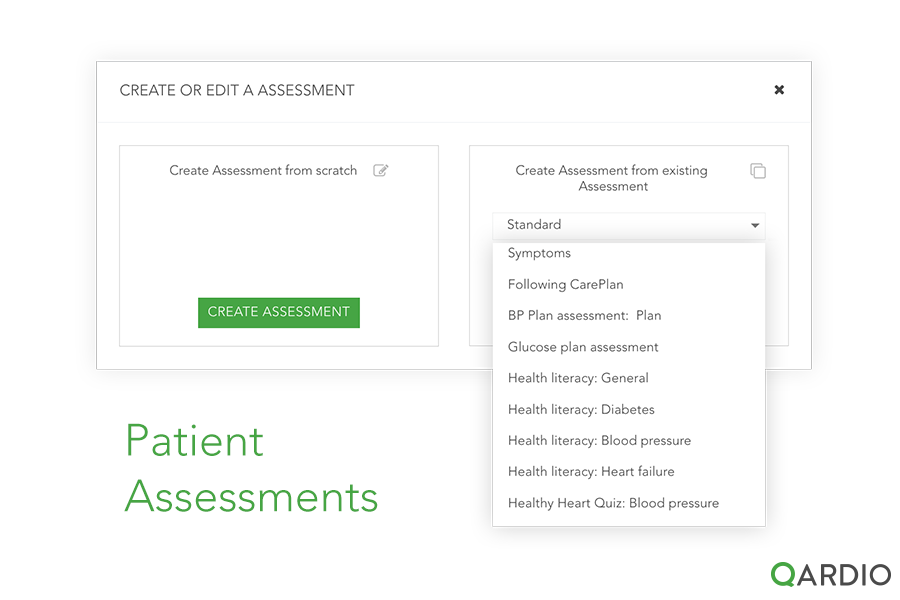Stroke is the fifth leading cause of death in the United States according to the Centers for Disease Control and Prevention. Further to this, the American Stroke Association believes 1 in 4 heart attack and stroke survivors will have another. The good news, however, is that up to 80% of these second clot-related strokes may be prevented with a combination of medicine and healthy lifestyle. As part of Qardio’s focus on Stroke Awareness for May, we spoke with Dr. Leann Poston of Invigor Medical to understand the role health tech can play.
How can remote patient monitoring be beneficial for early detection of stroke?
Detecting a stroke early is critical and can help in choosing the appropriate solution for the patient. Remote patient monitoring devices can aid the early detection for people at a higher risk of stroke. As Dr. Poston explains: “Atrial fibrillation and other cardiac arrhythmias put patients at increased risk for strokes. Monitoring heart rhythms as an outpatient can provide an early warning that such an event is occurring. Early detection can lead to choosing a more effective medication. Blood pressure monitoring and weight monitoring can help track risk factors for strokes as well. If a patient can track their numbers, they may be empowered to make small lifestyle changes that make a difference.”
How can home blood pressure monitoring help hypertensive patients?
High blood pressure is the most important risk factor for stroke. Continuous blood pressure monitoring is crucial in preventing further complications. With regards to home blood pressure monitoring, in Dr Poston’s opinion: “It should be the standard. Many times, blood pressures taken at physician offices are not accurate, especially in the elderly. Proper training should be given on how to accurately measure blood pressure.”
How do you drive behaviour change in patients to use the technology?
For some patients, transitioning to using health tech to monitor their health can be daunting, especially if it’s their first time. In Dr. Poston’s experience: “The only way to motivate behavioural change is to show the person what benefit they gain from making the change. If data is collected, it’s important to explain how this information will impact their health and decision making.”
However, patients can still face difficulties when it comes to using technology. Dr. Poston believes it is all about ensuring the device is user-friendly for the patient and being completely transparent with how their data is used: “What can help patients is making the technology as easy to use as possible, allowing patients to have control over its usage, as well as reporting back the data obtained and how this data aided in medical decision making. Showing patients how technology will supplement not replace the medical relationship is also critical.”
Dr. Poston also takes care in helping patients with difficulties transitioning to the use of health tech realise that they are most likely already using it: “It is helpful to remind patients how they are already using technology to monitor their health, whether they are using fitness trackers, smart scales or WEB MD online to learn more about their health symptoms.”
Where do you see the future of health tech going?
Technology in healthcare is becoming increasingly important in Dr. Poston’s opinion: “There is great value in using technology and using it to analyze the data it collects effectively is essential. After patterns are detected, artificial intelligence and machine learning can be used for predictive medical care.”
With thanks to Dr. Leann Poston of Invigor Medical for her input.
To learn more how RPM with Qardio works, speak with a product expert here »


